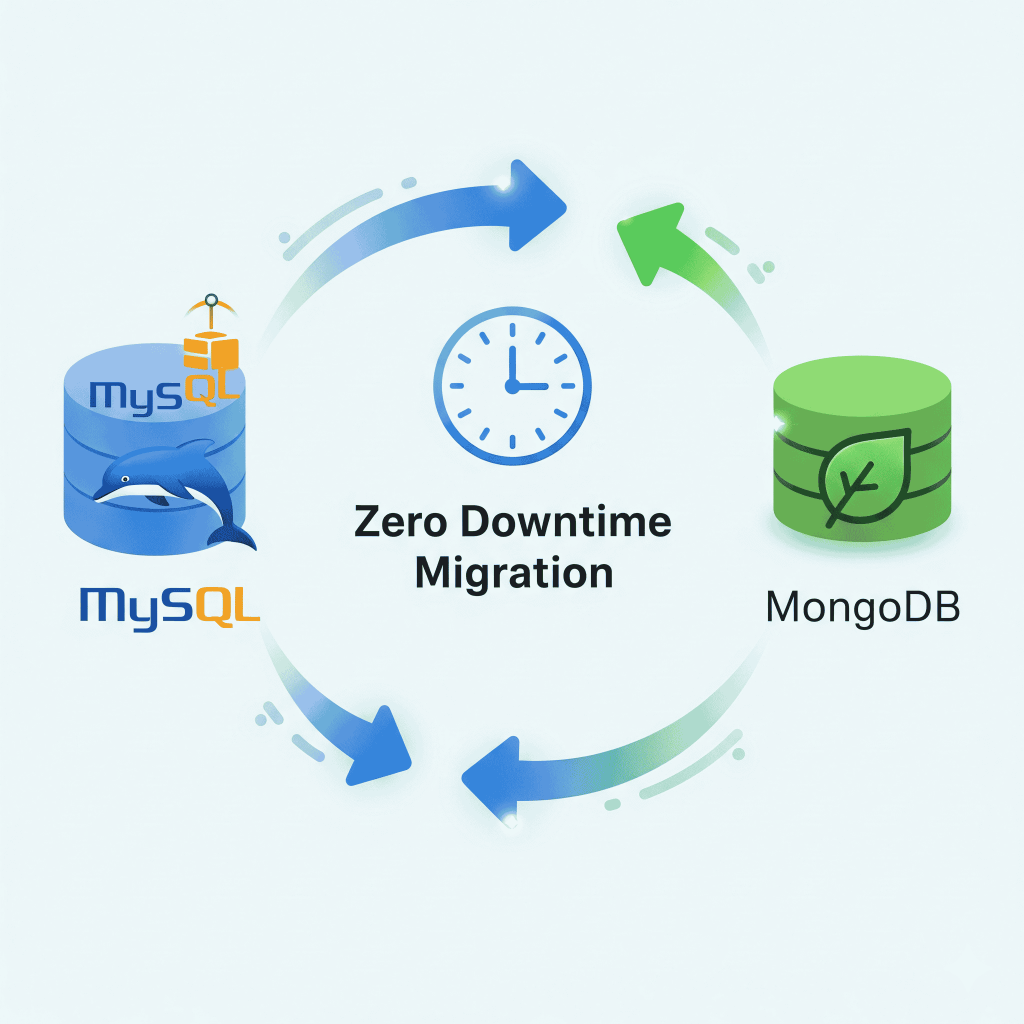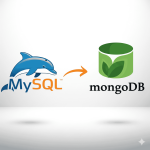Introduction
Database migration is a critical step when modernizing applications—whether you’re moving from MySQL to MongoDB or upgrading within the same database family. However, many businesses worry about downtime during migration, which can cause revenue loss, frustrated customers, and broken applications.
The good news is: with the right strategy, you can migrate your database smoothly without downtime. In this article, we’ll walk through the best practices and steps to achieve a zero-downtime migration.
1. Plan the Migration Carefully
- Define the scope: What data and schemas are being moved?
- Identify dependencies: Which apps and services rely on this database?
- Prepare rollback plans in case something goes wrong.
👉 Proper planning reduces surprises during migration.
2. Choose the Right Migration Strategy
- Big Bang Migration: Move everything at once (faster but riskier).
- Phased Migration: Migrate in chunks, keeping the old and new databases in sync.
👉 For zero downtime, phased migration with replication is usually better.
3. Use Database Replication
- Set up replication between the old and new databases.
- Keep them in sync while gradually redirecting traffic.
- Monitor data consistency at each step.
👉 This ensures your users experience no downtime while migration happens in the background.
4. Test Before You Switch
- Run test queries and performance checks on the new database.
- Validate schema, indexes, and relationships.
- Compare sample outputs from old vs new systems.
👉 Testing prevents data loss and ensures accuracy.
5. Migrate in Low-Traffic Windows
- Schedule cutovers during off-peak hours.
- Inform your users in advance (if needed).
- Reduce the impact in case of unexpected issues.
6. Implement a Dual-Write Strategy (Optional)
- Temporarily write data to both old and new databases.
- Validate that both remain consistent.
- Once confident, fully switch to the new database.
7. Monitor After Migration
- Keep close watch on error logs and performance metrics.
- Validate real-time queries and data operations.
- Be ready with rollback procedures if anything breaks.
👉 Post-migration monitoring ensures stability.
Conclusion
A zero-downtime database migration is possible with the right planning, replication, and testing strategy. By carefully executing each step, you can ensure a seamless transition while keeping your application online and your users happy.
👉 At Redirect India, we help businesses with database migration, modernization, and optimization to ensure smooth transitions with minimal risk. Ready to migrate your database? Contact us today!



